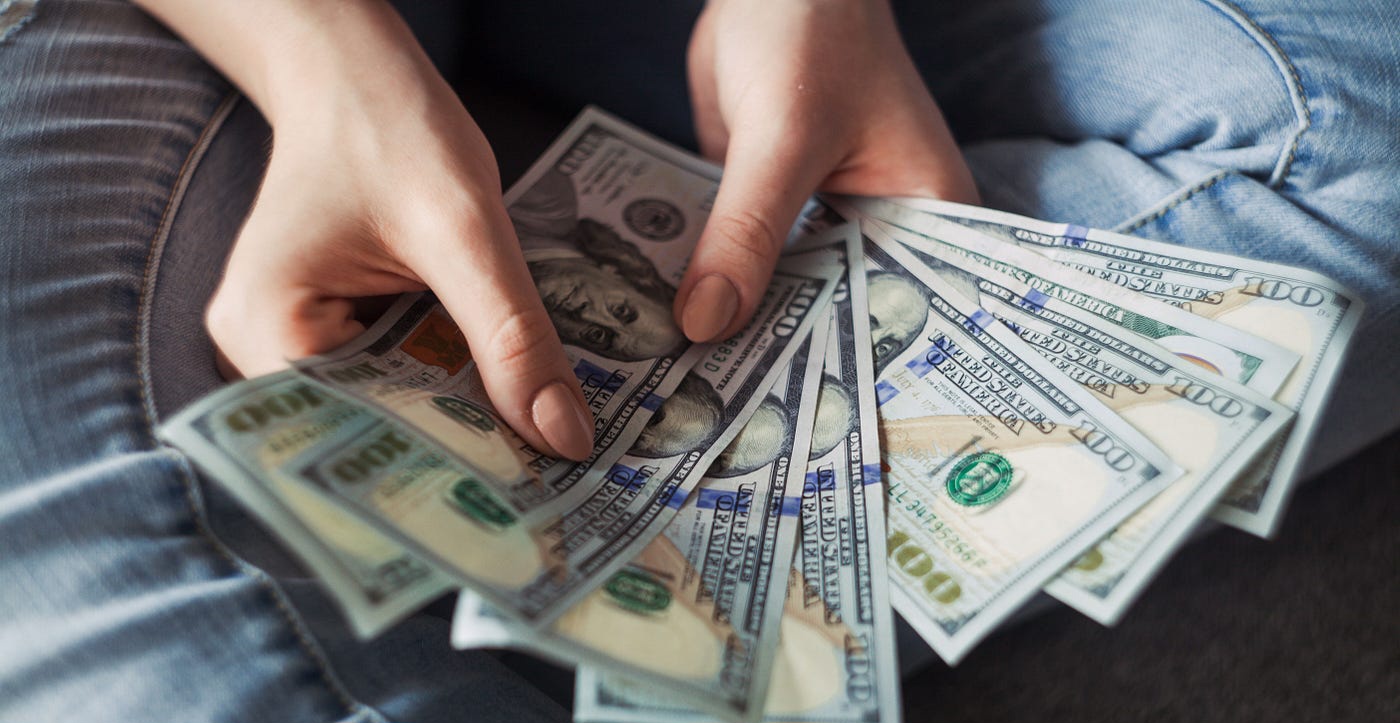10 Reasons to adopt the use of Credit Card

Personal finance experts spend a lot of energy trying to prevent us from using credit cards—and with good reason. Many of us use credit cards irresponsibly and end up in debt.
However, contrary to popular belief, if you can use the plastic responsibly, you’re actually much better off paying with a credit card than with a debit card and keeping cash transactions to a minimum.
Let’s examine why your trusty credit card comes out on top, and certain credit card uses and strategies to employ.

- One-Time Bonuses
There’s nothing like an initial bonus opportunity when getting a new credit card. Often times, applicants with good credit or excellent credit can get approved for credit cards that offer bonuses worth $150 or more (sometimes much more) in exchange for spending a certain amount (anywhere from $500 to several thousands of dollars) in the first several months the account is open.
Other cards entice applicants with bonus reward points or miles that can be redeemed for travel, gifts cards, merchandise, statement credits, or checks (more on those below). In contrast, a standard debit card that comes with a bank checking account generally offers no initial bonus or ongoing opportunity to earn rewards.
- Cash Back
The cash-back credit card was first popularized in the United States by Discover, and the idea was simple: Use the card and get 1% of your purchases rebated in the form of cash back. Today, the concept has grown and matured. Now, some cards now offer 2%, 3% or even as much as 6% cash back on selected purchases, though such lucrative offers involve quarterly or annual spending caps.
The best cash-back cards are those that charge minimal fees and interest, while offering a high rewards rate.
Some cards, like the Fidelity Rewards card, offer a high 2% rate of cash back rewards on all spending but you must deposit your cash directly into a Fidelity investment account.
- Rewards Points
Credit cards are set up to allow cardholders to earn one or more points per dollar in spending. Many reward credit cards provide bonus points for certain categories of spending like restaurants, groceries or gasoline. When certain earnings thresholds are reached, points can be redeemed for travel, gift cards from retailers and restaurants, or for merchandise items through the credit card company’s online rewards portal.
Your credit card rewards options are almost endless. Get a co-branded card offered in partnership with a hotel chain, clothing retailer or even a nonprofit organization like AARP, and you can leverage your everyday spending to earn valuable rewards day in and day out
The trick is to find the card that best fits with your spending patterns. Doing the inverse—altering your spending patterns to fit with a particular card—can be counterproductive. But if you’re already spending money on a regular basis with a certain retailer or have an affinity for a certain hotel, why not use the card that will encourage your continued patronage by offering you enhanced rewards, discounts and perks?
- Frequent-Flyer Miles
This perk predates almost all the rest. Back in the early 1980s, American Airlines began offering their consumers a novel way to earn frequent-flyer miles even when they weren’t flying, by forming a partnership with credit card giant Citibank.
Now, all domestic and international airlines have at least one credit card offered, in a similar partnership, by major credit card issuers.
Cardholders generally earn miles at a rate of one mile per dollar in net purchases, or sometimes one mile per two dollars spent for lower-end cards that have no annual fee. How valuable this reward actually is, depends on the type of airline ticket you purchase with your points or miles. Many frequent flyer cards are made immensely more valuable by their mileage-based introductory bonuses. These are often enough to put you 50–100% of the way toward an award flight after meeting the card’s initial spending requirement.




